This was our last Third Space of 2015and we each brought a piece of poetry, prose or thought to encouage each other. Barbara brought christmas crackers which included the obligatory awful jokes, but also contained wonderful blessings. Jon brought “We Dance Wild” :
We dance. We dance wild.
Not a two step, structured repetition. We dance large.
We dance flailing arms.
We dance the erratic and the wriggle,
the blunder, stumble and fall with no need to get back up again.
For our fumbles are our dance
and our dance is our rebellion and our declaration and our surrender.
Our falling to the floor is a knowing that it is only in the places
of dust and grime and footprint, only in the failed step and the rusty body, only in the falling
that we can ever truly meet the holy and the sacred.
We meet God on the floor.
So we choose to not rise too quickly,
to not keep ourselves together,
to not think we have this nailed,
this life, this God, this mystery, this question.
Our dancing is our stumbling and our stumbling is our dancing
and how disorderly we may seem,
and how undignified and messy,
we dive headfirst into not having the answers,
giving ourselves to a more spacious rhythm.
The song that is heard only in the silence,
only in the listening ear,
only in the unexplored landscape.
The whisper at the edges.
We find ourselves
when we lose ourselves.
The wilderness and the wild.
The Christ who gathers.
The Christ who descends.
The giving up of control.
The smallness of humility.
The largeness of the mystery.
The immensity of seeking the sacred in everything.
Never running from life
but plunging ourselves more wholly into her.
We dance and we feel our lumbered bodies begin to move.
We dance and we feel the heavy begin to take flight.
We dance to find liberation.
We dance to bring redemption,
the untwisting of the beautiful,
We dance to the new rhythm, the ancient rhythm, the holy rhythm,
the rhythm that holds it all together.
We dance to bring space.
We dance to hold hands.
We dance and we dance and we dance and we dance
until we are dizzy and falling.
We dance. We dance wild.
We are the Holy Disorder of Dancing Monks
© AbbeyoftheArts.com (written by Joel McKerrow)
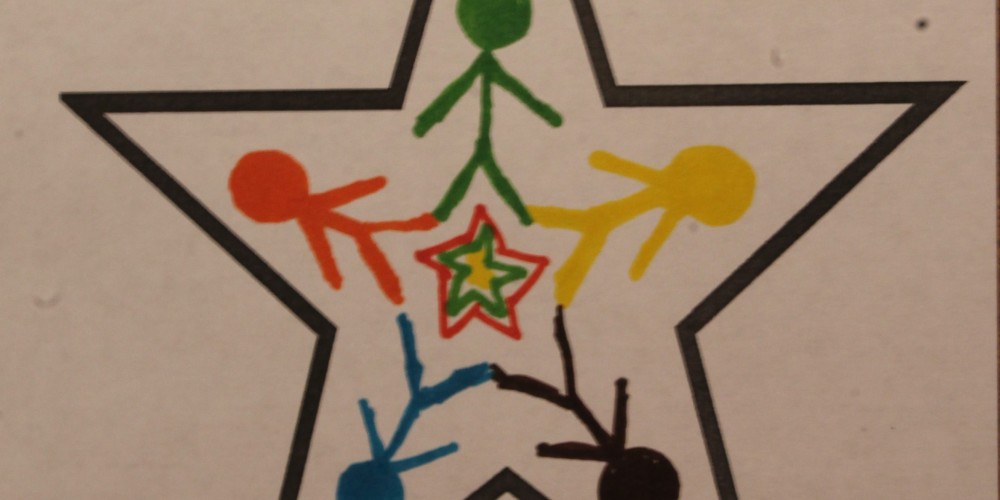

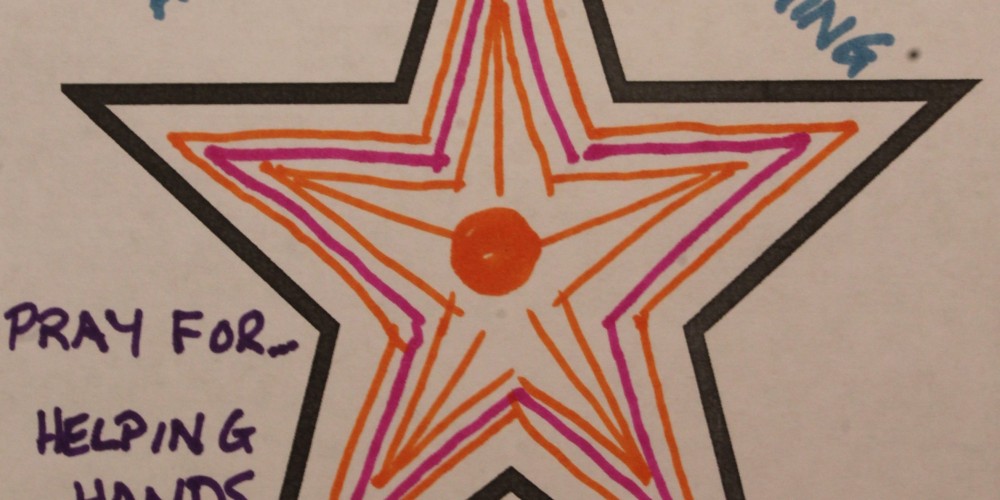

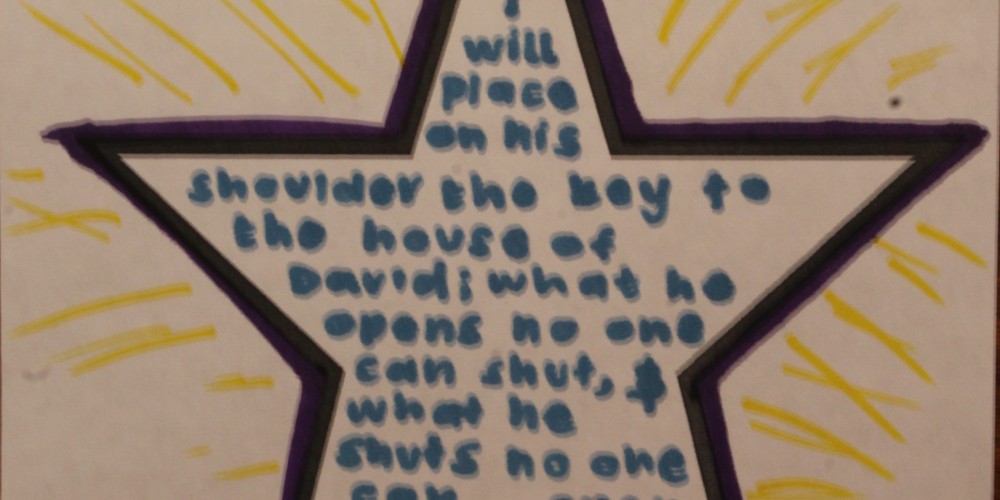

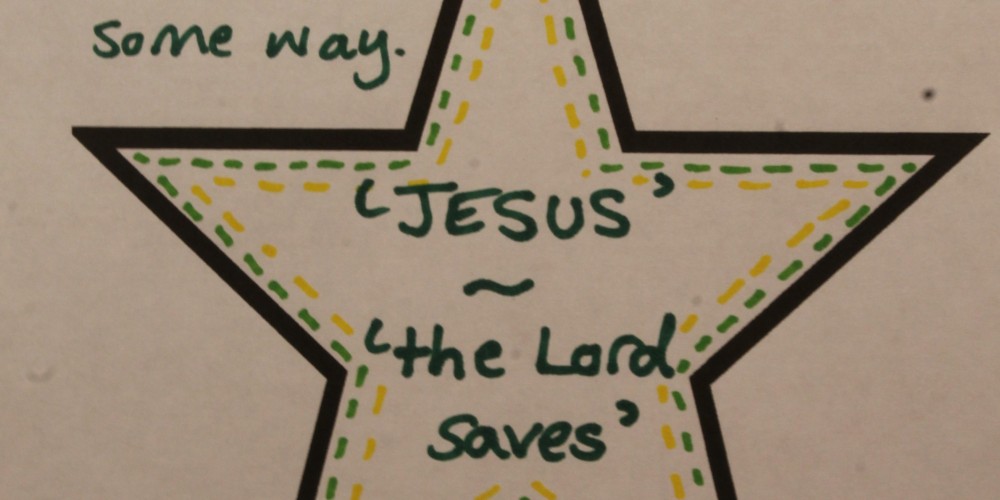

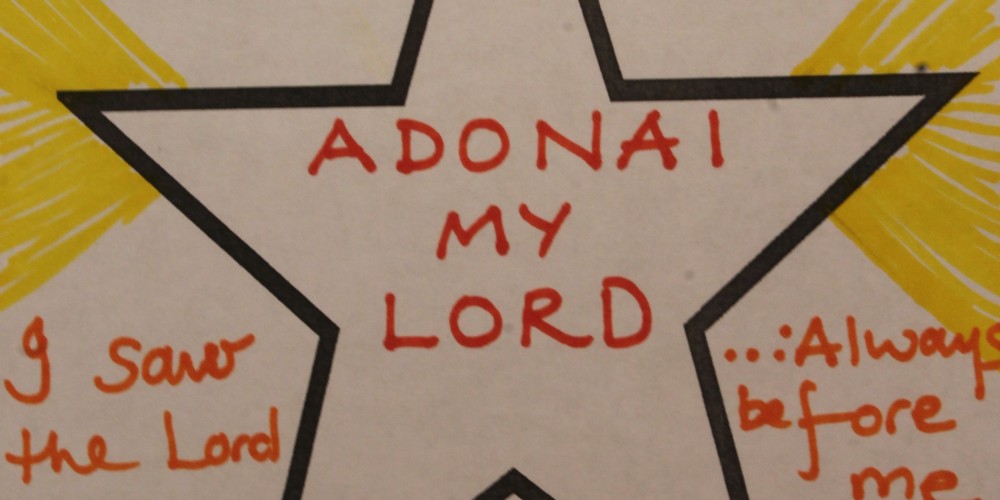

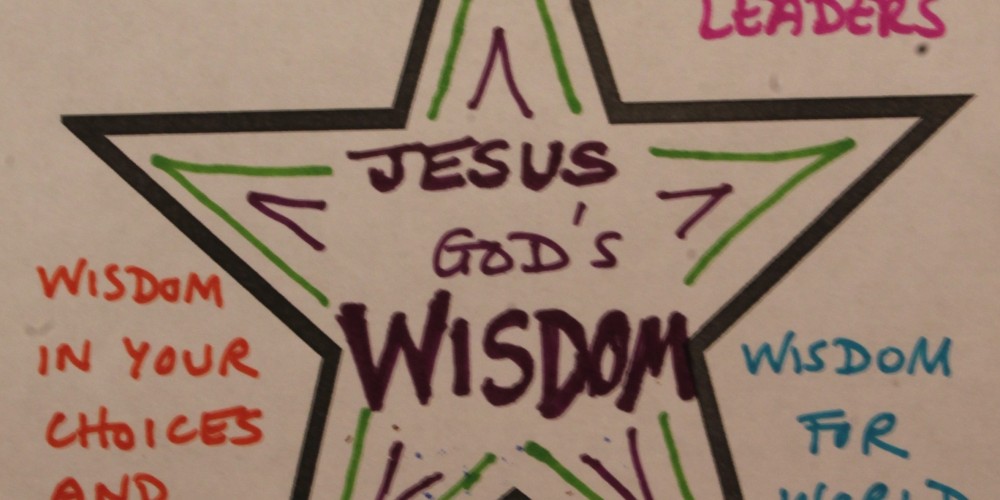

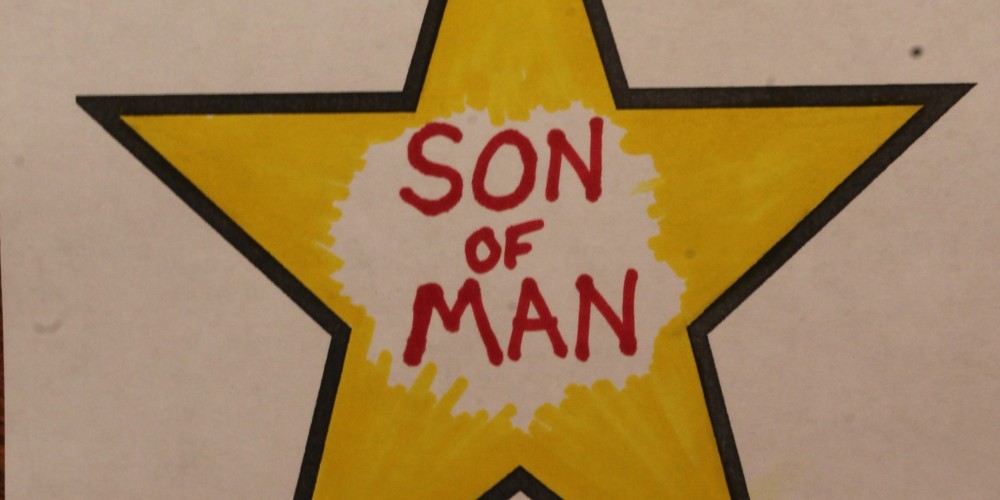

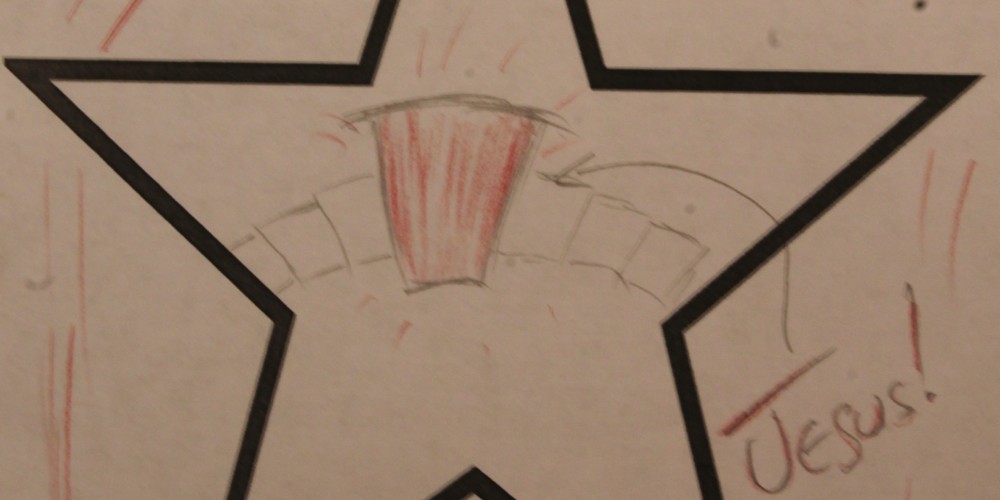



Recent Comments